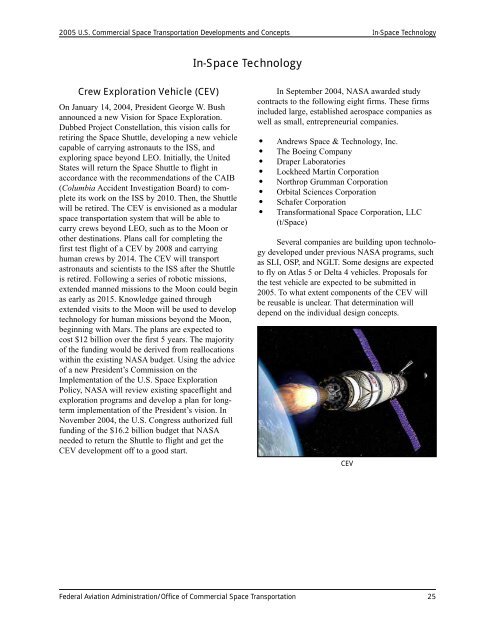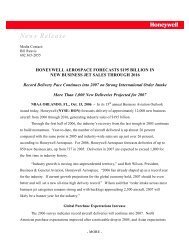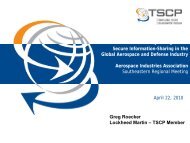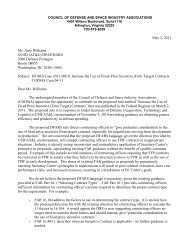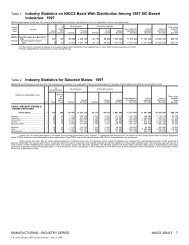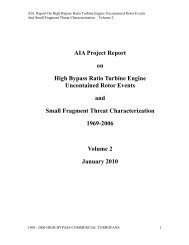2005 U.S. Commercial Space Transportation Developments and Concepts In-Space TechnologyIn-Space TechnologyCrew Exploration Vehicle (CEV)On January 14, 2004, President George W. Bushannounced a new Vision for Space Exploration.Dubbed Project Constellation, this vision calls forretiring the Space Shuttle, developing a new vehiclecapable of carrying astronauts to the ISS, andexploring space beyond LEO. Initially, the UnitedStates will return the Space Shuttle to flight inaccordance with the recommendations of the CAIB(Columbia Accident Investigation Board) to completeits work on the ISS by 2010. Then, the Shuttlewill be retired. The CEV is envisioned as a modularspace transportation system that will be able tocarry crews beyond LEO, such as to the Moon orother destinations. Plans call for completing thefirst test flight of a CEV by 2008 and carryinghuman crews by 2014. The CEV will transportastronauts and scientists to the ISS after the Shuttleis retired. Following a series of robotic missions,extended manned missions to the Moon could beginas early as 2015. Knowledge gained throughextended visits to the Moon will be used to developtechnology for human missions beyond the Moon,beginning with Mars. The plans are expected tocost $12 billion over the first 5 years. The majorityof the funding would be derived from reallocationswithin the existing NASA budget. Using the adviceof a new President’s Commission on theImplementation of the U.S. Space ExplorationPolicy, NASA will review existing spaceflight andexploration programs and develop a plan for longtermimplementation of the President’s vision. InNovember 2004, the U.S. Congress authorized fullfunding of the $16.2 billion budget that NASAneeded to return the Shuttle to flight and get theCEV development off to a good start.In September 2004, NASA awarded studycontracts to the following eight firms. These firmsincluded large, established aerospace companies aswell as small, entrepreneurial companies.Andrews Space & Technology, Inc.The Boeing CompanyDraper Laboratories·Lockheed Martin CorporationNorthrop Grumman CorporationOrbital Sciences Corporation·Schafer CorporationTransformational Space Corporation, LLC(t/Space)Several companies are building upon technologydeveloped under previous NASA programs, suchas SLI, OSP, and NGLT. Some designs are expectedto fly on Atlas 5 or Delta 4 vehicles. Proposals forthe test vehicle are expected to be submitted in2005. To what extent components of the CEV willbe reusable is unclear. That determination willdepend on the individual design concepts.CEVFederal Aviation Administration/Office of Commercial Space Transportation 25
Enabling Technologies2005 U.S. Commercial Space Transportation Developments and ConceptsEnabling TechnologiesSeveral efforts are underway to develop enablingtechnologies for expendable and reusable launchvehicles. These efforts include government researchprojects as well as engines and motors developedby companies for their launch vehicles and sale toother companies. Many of these companies areattempting to build considerably less complex andpotentially less expensive rocket engines. Somedesigns use room-temperature propellants instead ofcryogenics. Others use pressure-fed engines insteadof turbopumps. Such enabling technologies ashybrid rocket motors, propulsion systems, liquidengines, propellant production, demonstrators, andhypersonic aircraft are described in this section.Hybrid Rocket Motors – SpaceDev, Inc.SpaceDev hybridpropulsion systemIn 1998, SpaceDev, Inc., ofPoway, California, acquiredexclusive rights to the intellectualproperty of the AmericanRocket Company, which haddeveloped hybrid rocket motorsystems in the 1980s. SpaceDevis currently developing a seriesof small hybrid motors, usingHTPB rubber or polymethylmethacrylate (Plexiglas) as solid fuel and storablenitrous oxide as a gaseous oxidizer. SpaceDev completedtests in August 2001 of a small hybrid rocketmotor that is designed for use in the company’sManeuver and Transfer Vehicle, an upper stage thatcan move small spacecraft, such as secondary payloadson larger launch vehicles, from GTO, LEO orGEO. In May 2002, the AFRL awarded SpaceDeva contract to develop a hybrid propulsion moduleto deploy small payloads from the Space Shuttle.In September 2003, Scaled Composites announcedthat it had selected SpaceDev for propulsion supportfor its SpaceShipOne project. In a series of flightsin late 2004, Space Dev’s hybrid rocket motor poweredSpaceShipOne to suborbital space twice in 2weeks, thus propelling it to win the Ansari X Prize.In October 2004, SpaceDev was awarded about$1.5 million to proceed with Phase 2 of its SmallBusiness Innovation Research contract from theAFRL to continue its hybrid rocket motor-basedsmall launch vehicle project. 23Hybrid Propulsion Systems – LockheedMartin-MichoudHybrid motors of the 1.1 million-newton (250,000pounds-force) thrust class are being studied forpossible use on current and future launch vehicles.Funding for the hybrid team came from the DoDTechnology Reinvestment Program, NASA monetaryand in-kind support, and contributions of industryteam members. 24In Nov. 2003, Lockheed Martin-MichoudOperations was awarded a 6-month study contractfrom DARPA as part of the USAF FALCON programto assess hybrid propulsion applications for a responsivesmall launch vehicle. This study concluded inMay 2004. In September 2004, FALCON competitorsbegan a 10-month design phase to be followedby a down-select to possibly two competitors, anda winning design to be selected in 2007. LockheedMartin-Michoud’s all-hybrid two-stage vehicle willdeliver a payload up to 454 kilograms (1,000-pounds)to LEO and, if selected, will establish hybrid propulsionas a viable space launch booster technology. Thecore booster stage will generate approximately 1.4million newtons (320,000 pounds-force) of thrust andthe second stage approximately 133,333 newtons(30,000 pounds-force) of thrust to meet missionobjectives using a HTPB and LOX motor.Staged combustion hybrid technologies havebeen demonstrated on the ground by LockheedMartin-Michoud Operations in over 600 groundtests of small and large diameter motor firings at theNASA Stennis Space Center and MSFC. LockheedMartin-Michoud has six patents and more than$10 million of internal R&D invested to date.26 Federal Aviation Administration/Office of Commercial Space Transportation


